With so many ways to access, share and distribute information on the internet, is it possible to put meaningful controls in place to prevent child pornography? And if removing the offending pictures is achievable, what happens when they reappear in another location? For all of the benefits the digital age has brought us, the rarely discussed world of online child pornography is the one defect that has yet to be addressed. Fortunately, Google is about to implement a change that will drastically reduce online child pornography.
The internet search giant is taking on child pornography in an effort to remove offending images from the web. Using hashing technology developed in 2008, Google will be able to identify duplicate images that still exist. According to Google spokesman Scott Rubin, a database of images will “…help all technology companies find these images, wherever they might be.” Because each image is unique the computer is able to identify multiple copies of the same digital file across the web. The best part is that this technology can accomplish the task without human interaction.
Google is developing software that gives search engines the ability to share information about offending child pornography. Organizations such as the Internet Watch Foundation will flag offensive images. The database, which is expected to be operational within the next twelve months, will then clean all offending flagged images off the web. Almost instantaneously, all copies of a child porn image will be removed.
Google is creating a $2 million fund to allow independent software developers to create software to further eradicate child pornography. Pressure has been building for software industry leaders to combat this problem. Recently, England’s Prime Minister said he was “sickened” by the images available online. Up to now no industry standard existed to identify and eliminate images tagged as child pornography. Any images removed in one location could pop up somewhere else. By developing an industry standard, companies can find and remove images where ever they reside.
The resources Google put into this task is unprecedented. Chief Executive Officer Susie Hargreaves of IWF, an organization partly funded by Google, stated “This announcement is inspiring for those who are at the forefront of tackling child sexual abuse content.” While it is unrealistic to expect any one solution to be one hundred percent effective, this will go a long way in dramatically reducing the amount of child pornography found online.
Until next time,
Kelli Richards, CEO of The All Access Group, LLC



